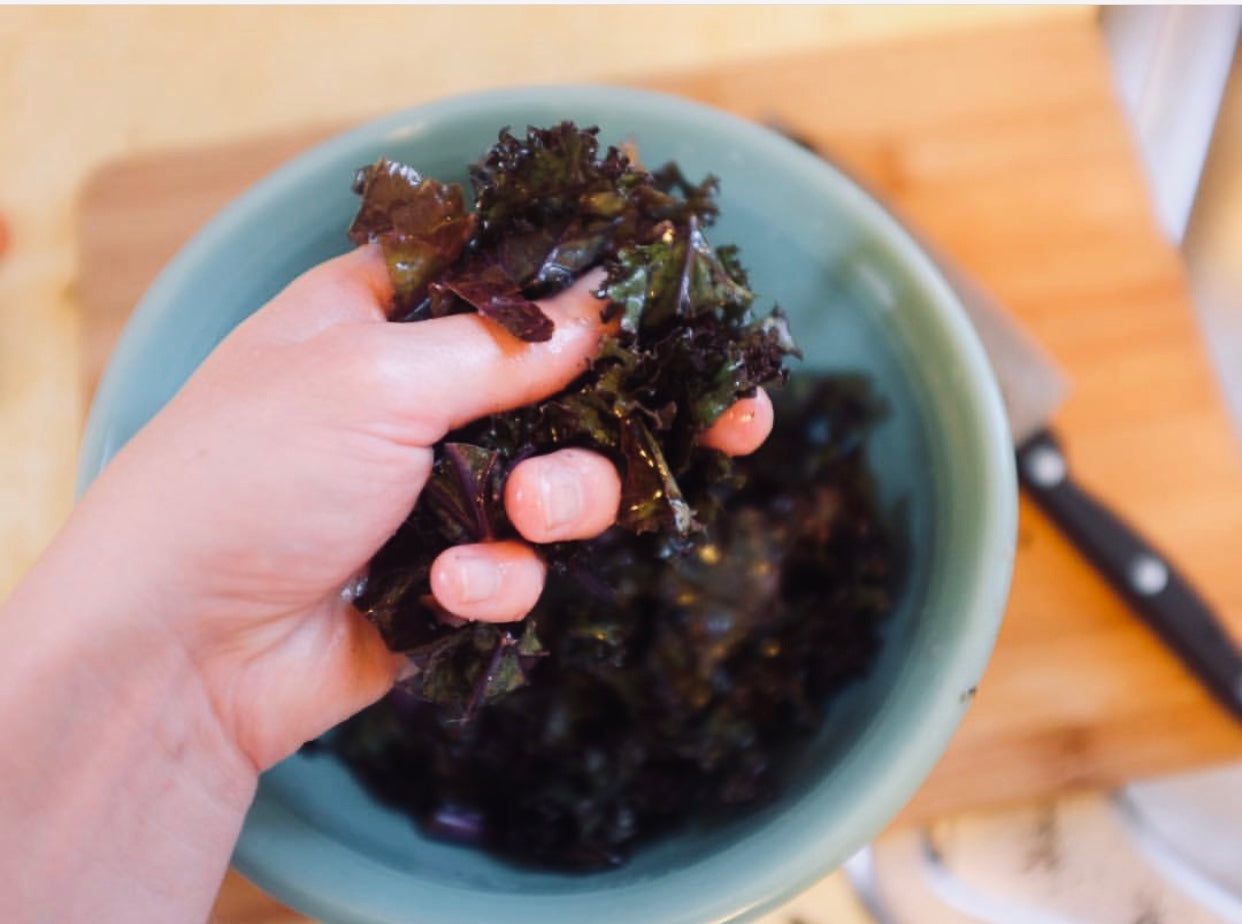
Kapha Balancing Yoga for Spring
 >
>Kapha Season
Kapha Yoga
 >
>Kapha Yoga Tips:
- Generate internal heat with kapalabhati & ujjayi pranayama.
- Build internal heat with surya namaskar A & surya namaskar B.
- Focus on heart-opening postures to relieve congestion in the lungs and create a feeling of spaciousness in the chest.
- Favor strong standing postures over seated postures in order to encourage heat, lightness, and buoyancy.
- Include twists to detoxify the digestive tract and stimulate agni (metabolism).
- Practice inversions to increase circulation and vitality.
- Challenge yourself by holding strong postures to build internal heat and motivation.
- Flow from posture to posture to increase lightness and rapid movement.
- Don’t give up! You're doing something wonderful for your health and well-being.
Kapha Yoga Sequence
This video is a kapha balancing yoga practice for all levels. It can be done in its entirety or you can choose to do select asanas (postures) if you are short on time. Please consult with your physician before practicing any yoga or physical activity.
Below are the postures from our video, Kapha Balancing Yoga:
- Surya Namaskar A (Sun Salutation A)
- Surya Namaskar B (Sun Salutation B)
- Anjaneyasana (Crescent Lunge)
- Anjaneyasana Variation (Crescent Lunge, Heart Opening Variation)
- Parivrtta Anjaneyasana (Revolved Crescent Lunge)
- Ashta Chandrasana (Crescent High Lunge / Eight Point Crescent Moon)
- Ashta Chandrasana Variation (Crescent High Lunge, Heart Opening Variation)
- Vasisthasana (Side Plank)
- Virabhadrasana II (Warrior II)
- Utthita Trikonasana (Triangle)
- Parivrtta Trikonasana (Revolved Triangle)
- Salamba Sarvangasana (Shoulderstand)
- Halasana (Plow)
- Matsyasana (Fish)
- Supine Matsyendrasana (Supine Twist)
- Paschimottanasana (Seated Forward Fold)
- Savasana (Corpse Pose)
This spring, if you have not yet explored Yoga through the Ayurvedic lens, we encourage you to do so! Together, these sister sciences will no doubt help to bring a renewed sense of energy and purpose into your life. They can also unlock the door to greater awareness and understanding of the self. Practice safely, practice wisely, and stay motivated during these uncertain times. To integrate even more kapha balancing methods into your self-care routine learn Ayurvedic Dry Brushing and explore our collection of kapha skincare and wellness products!
Kapha Skincare collection
100% Plant-Based | Organic | Wild Harvested | Certified Cruelty Free




Leave a comment
This site is protected by hCaptcha and the hCaptcha Privacy Policy and Terms of Service apply.